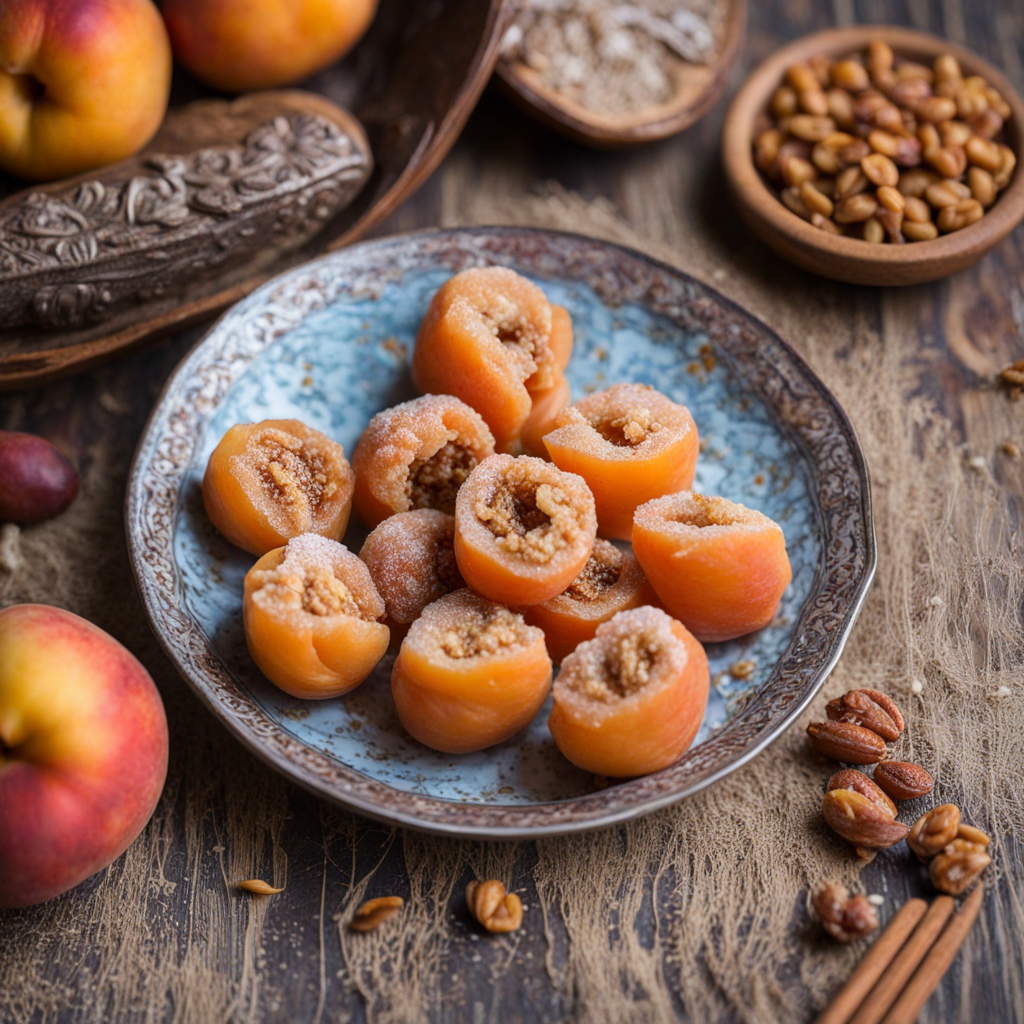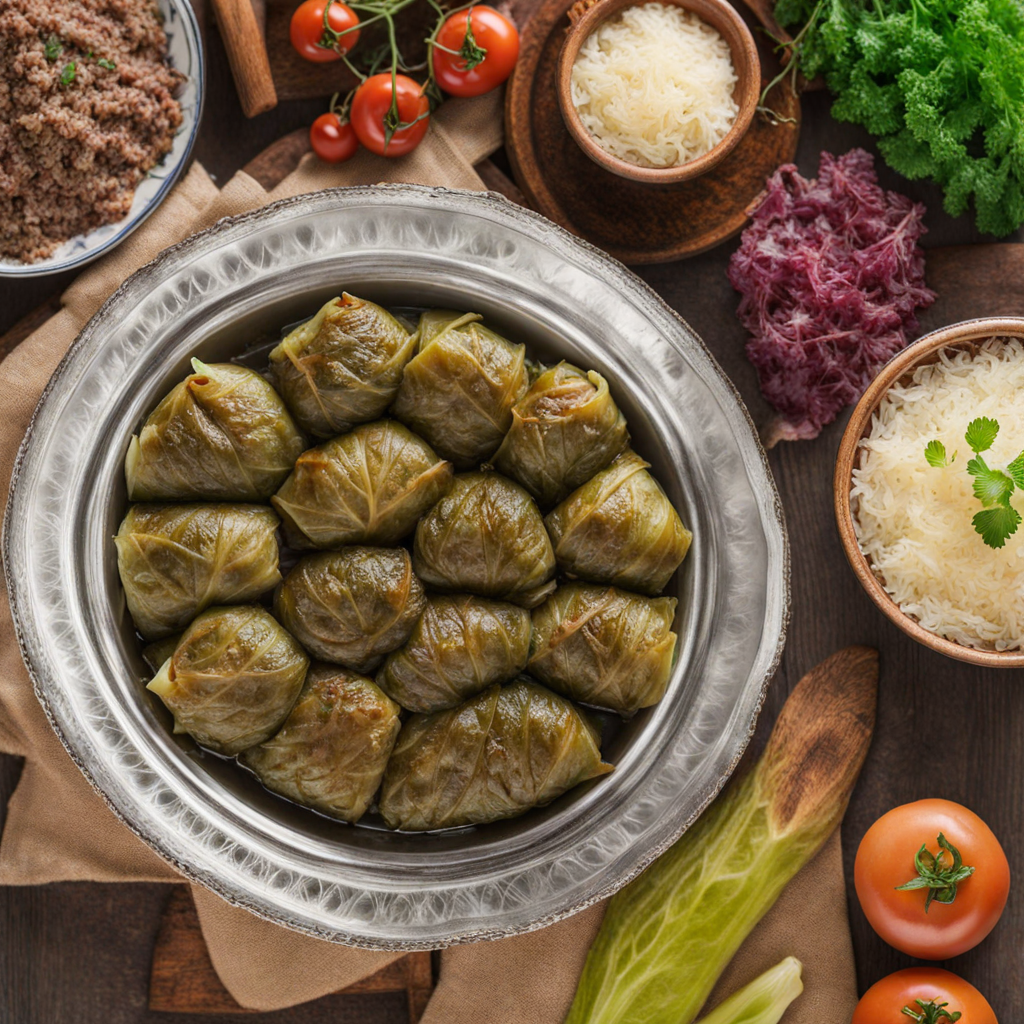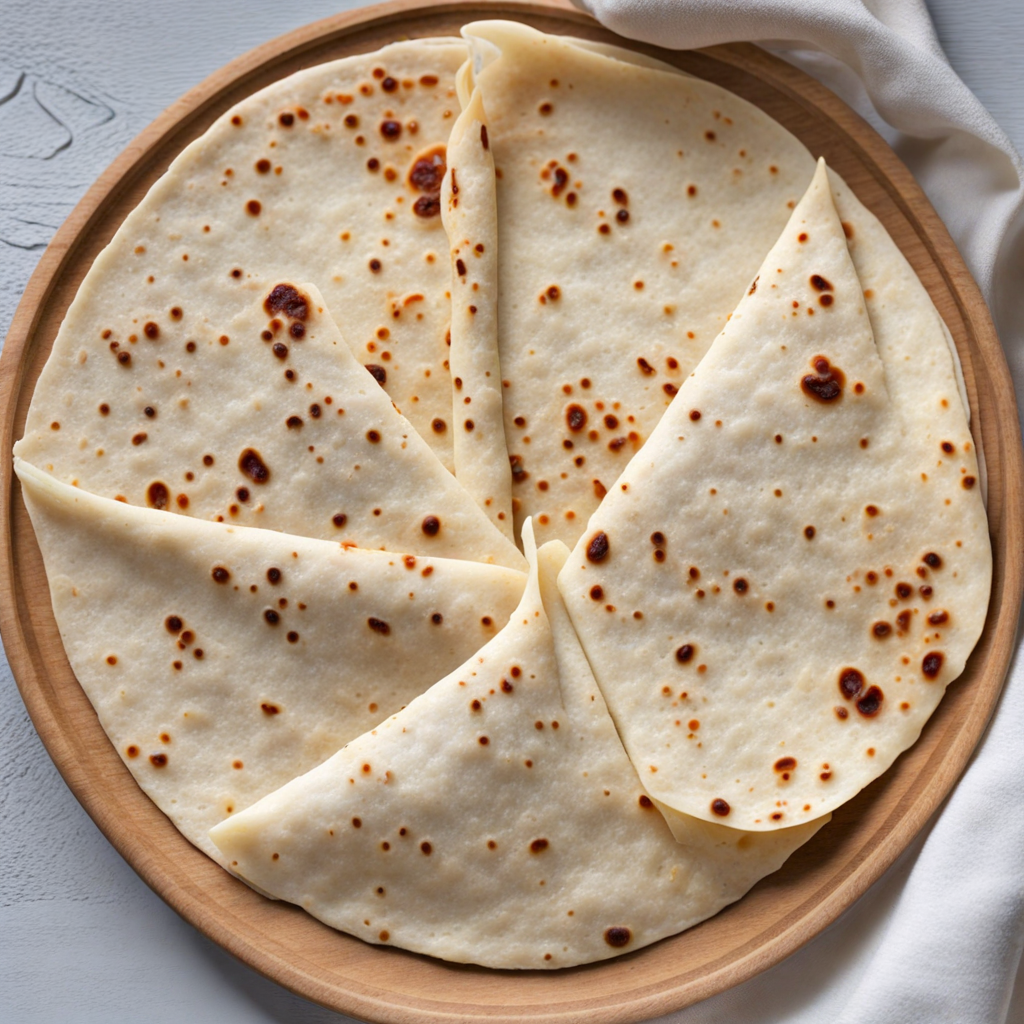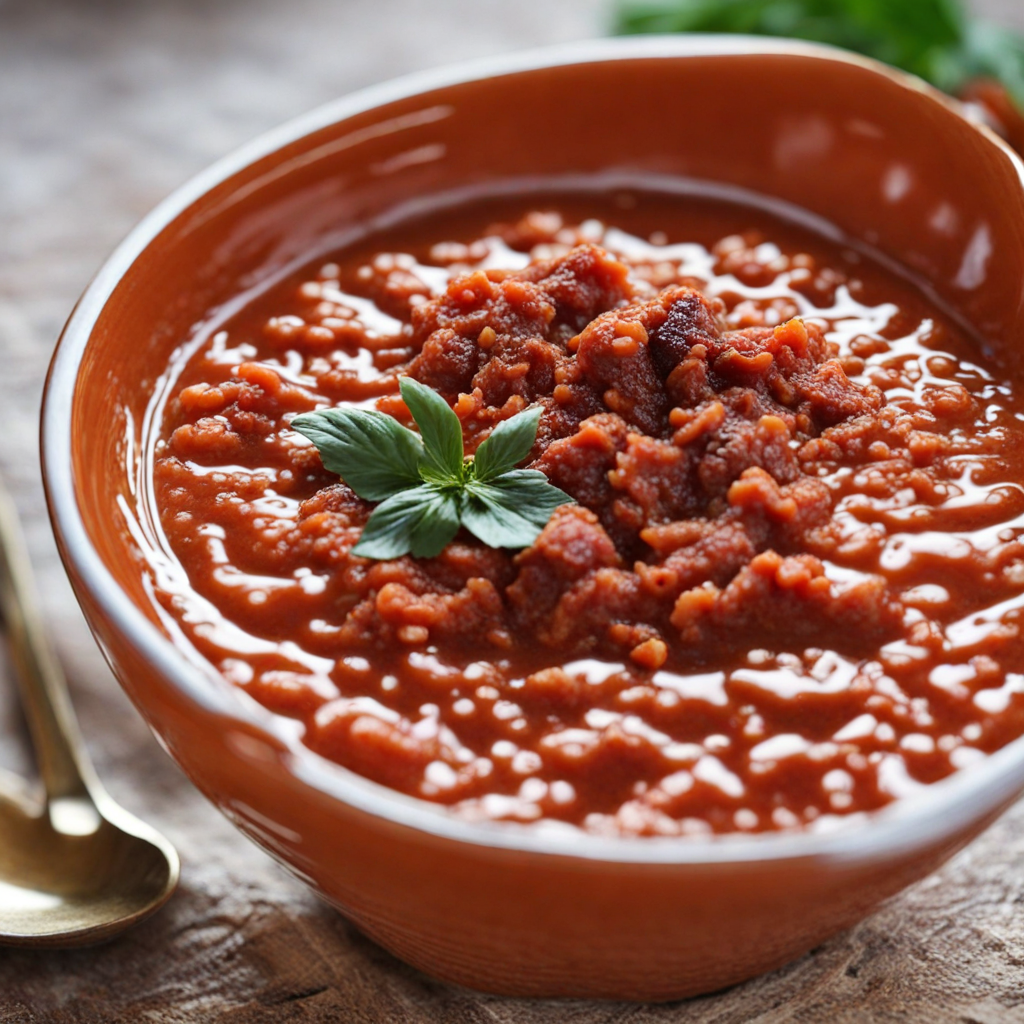Alani
Alani is a traditional Armenian dish that beautifully combines the rich flavors of the region with a unique twist. This delightful meal features tender, plump dumplings filled with a mixture of seasoned ground meat, often lamb or beef, blended with aromatic herbs and spices. The dumplings are typically made from a thin layer of dough that is rolled out and expertly shaped, ensuring a perfect bite every time. The filling is not only savory but may also include hints of garlic and onion, creating a well-rounded flavor profile that captures the essence of Armenian cuisine. What sets Alani apart is the cooking method, which often involves steaming or boiling the dumplings to achieve a light and fluffy texture. Once cooked, they are usually served with a side of tangy yogurt or a rich tomato-based sauce that enhances the overall experience. The contrast between the soft dumpling exterior and the hearty filling offers a satisfying mouthfeel, while the yogurt adds a refreshing creaminess, making each bite a delightful exploration of taste. For those looking to elevate their culinary journey, Alani can be accompanied by a variety of side dishes, such as fresh salads or pickled vegetables, which complement its flavors and provide a balance to the richness of the dumplings. The dish is often enjoyed during family gatherings and festive occasions, embodying the warmth and hospitality of Armenian culture. Whether you're a seasoned food enthusiast or a curious newcomer, Alani promises to take you on a flavorful adventure that showcases the heart and soul of Armenia's culinary heritage.
How It Became This Dish
Origin of Ալանի The dish known as "Ալանի" (Alani) has its roots in the rich culinary traditions of Armenia, a country renowned for its diverse and ancient food practices. The name "Alani" is derived from the ancient Alans, a group of nomadic tribes that inhabited parts of the Caucasus region. The influence of these tribes can be seen in the ingredients and cooking techniques that have been utilized in Armenian cuisine for centuries. Alani is typically made from a mixture of ground meat, rice, and spices, often wrapped in grape leaves or flatbreads, showcasing the interplay of flavors that characterize Armenian food. Armenia's geographical position at the crossroads of Europe and Asia has contributed to its culinary diversity. The region’s climate, with its fertile soil and unique microclimates, allows for the cultivation of a wide variety of fruits, vegetables, and grains. These local ingredients are fundamental in the preparation of Alani and other traditional dishes, reflecting the agricultural practices that have been passed down through generations. \n\n Cultural Significance of Alani Alani holds a special place in Armenian culture, often served during festive occasions, family gatherings, and religious celebrations. Its preparation is frequently a communal activity, with families coming together to prepare large batches, reinforcing social ties and traditions. The dish is not merely a source of sustenance; it symbolizes hospitality and the importance of sharing food among loved ones. The act of making Alani often involves storytelling and reminiscing, as older generations pass down their recipes and cooking techniques to the younger ones. In addition to its social significance, Alani reflects the broader themes of resilience and adaptability in Armenian culture. Over centuries, the Armenian people have faced numerous challenges, including invasions and deportations. Through these hardships, food has remained a cornerstone of identity. Alani, like many traditional dishes, embodies this spirit of survival, adapting to available ingredients and evolving through the influences of neighboring cultures while maintaining its unique Armenian essence. \n\n Development Over Time The evolution of Alani can be traced back to ancient Armenian culinary practices, where the use of meat and grains was common. The dish likely began as a simple mixture of whatever ingredients were available, including various spices that enhanced flavor. As the centuries progressed, the use of grape leaves became more pronounced, reflecting the agricultural practices of viticulture in Armenia. The cultivation of grapes is significant in Armenian culture, as evidenced by the country’s long history of winemaking. Grape leaves are not only a practical choice for wrapping fillings but also add a distinct tartness to the dish. Throughout history, Alani has also been influenced by neighboring cuisines, particularly Turkish, Persian, and Georgian. Each culture brought its own spices and cooking techniques, enriching the dish further. For example, the incorporation of different herbs like dill, mint, and parsley can be traced to Persian culinary influences, while the use of spices such as allspice and cinnamon reflects broader Middle Eastern traditions. This cross-pollination of culinary practices has made Alani a versatile dish, with variations existing across different regions of Armenia. \n\n Modern Adaptations In contemporary Armenia, Alani has seen various adaptations that reflect modern dietary trends and preferences. While the traditional recipe remains popular, many home cooks and chefs have begun to experiment with alternative fillings, including vegetarian options that utilize lentils, mushrooms, and a variety of vegetables. These adaptations not only cater to changing dietary needs but also allow for innovation while still respecting the dish's heritage. Moreover, the global Armenian diaspora has played a significant role in popularizing dishes like Alani outside of Armenia. In cities with large Armenian communities, such as Los Angeles and Paris, Alani has found its way into menus at restaurants and food festivals, introducing new audiences to the flavors of Armenian cuisine. This global reach has sparked interest in traditional cooking methods, with many Armenians abroad seeking to reconnect with their roots through food. \n\n Alani in the Context of Armenian Cuisine Alani is often compared to other traditional dishes such as dolma and khinkali, which share similar preparation methods and ingredients. However, what sets Alani apart is its unique blend of spices and the specific cultural context in which it is made. Each family may have its own secret recipe, passed down through generations, which adds a personalized touch to the dish. This familial variation enhances the cultural tapestry of Armenian cuisine, where each dish carries a story. The importance of Alani goes beyond mere taste; it plays a role in the preservation of Armenian culinary heritage. As food historians and cultural anthropologists increasingly focus on the role of food in shaping identity, Alani serves as a prime example of how traditional dishes can convey history, values, and community. Efforts to document and preserve recipes have become more common, ensuring that future generations will continue to enjoy and celebrate this iconic dish. \n\n Conclusion In summary, Alani is not just a dish but a representation of Armenian culture, history, and resilience. Its origins among the Alans, combined with the influences of various cultures and modern adaptations, make it a dynamic element of Armenian cuisine. As Alani continues to evolve and adapt in the modern world, it remains a cherished symbol of togetherness, tradition, and the enduring spirit of the Armenian people. The dish not only nourishes the body but also nourishes the soul, connecting generations through the shared experience of cooking and enjoying food together.
You may like
Discover local flavors from Armenia







